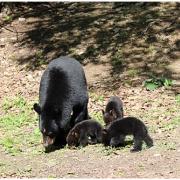
Putting a Pause on Pregnancy
All wildlife have unique adaptations to ensure survival. From changing color with the seasons, flying a 2,500-mile migration, or having bodies that can tolerate freezing, most adaptations are nothing short of astonishing, and these extraordinary characteristics often mean life or death.
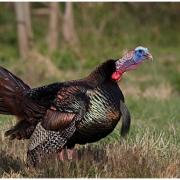
Giving Thanks for Maine’s Healthy Wild Turkey Population
There was once a time when the state of Maine lost its wild turkey population. In the 1800s before hunting was regulated, turkeys were hunted to extirpation and the future of wild turkeys looked grim for some time. Beginning in the late 1970s, reintroduction efforts to our state began to take after decades of unsuccessful attempts. With their challenging comeback in both Maine and the United States, there are several reasons to be grateful for our currently healthy and widespread wild turkey population.
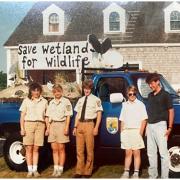
Reflections
A few weeks ago, I was on Cape Cod for my niece’s wedding and Jeff and I had a morning free before we had to be at the ceremony. I suggested we visit Monomoy National Wildlife Refuge, which was only about 20 mins away. We left the hotel before 7 and happily avoided the typical traffic one encounters on a Saturday in August on the Cape.
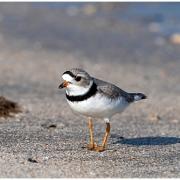
It Takes a Village
On the heels of another record-breaking year for piping plovers in Maine, this endangered beach-nesting shorebird had more pairs (125) and fledged chicks (213) on Maine’s beaches since intensive monitoring began in 1981. MDIFW is mandated to preserve, protect, and enhance the inland fisheries and wildlife resources of the state. This can be difficult to attain for a species vulnerable to climate change, sea level rise, predation, and recreating humans and dogs.
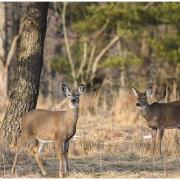
The Importance of Regulated Doe Harvest
While you can’t have a deer population without bucks, it is the does (female deer) carrying and raising offspring that drive population growth. Regulated doe harvest is a cornerstone of deer management and is the primary tool used by state deer managers to control or direct deer population growth.
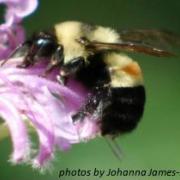
BEE on the Lookout for Rusty Patched Bumble Bees!
Maine Department of Inland Fisheries and Wildlife is looking for rusty patched bumble bees and you can help!
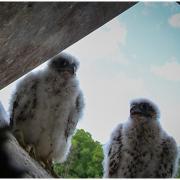
Checking in on Peregrine Chicks
The keen eyes of one of the many MDIFW peregrine falcon surveyors, Trish Berube, and the partnership of Chinburg Properties, led to the discovery of a female incubating eggs in a 14-year-old nest box on a historical building in Lewiston. The exact location of this nest box is being kept private at this time to limit disturbance to the young until they fledge early summer.
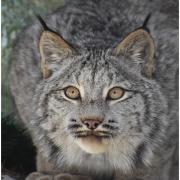
Lessons from a Lynx
Often referred to as the “Gray Ghost of the North,” due to its perceived elusiveness, the Canada lynx is more fittingly described as calm, aloof, and surprisingly tolerant of human presence. Their long legs and thick-furred paws act like snowshoes to hunt in deep snow and their eyes have mirror-like cells allowing an increase of light available for the lynx to see at night. In addition to these adaptations, the lynx has a keen sense of hearing and smell, making them exceptional predators and equipped at living in deep snow environments.
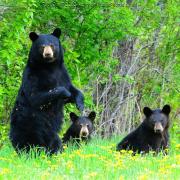
Be Bear Wise
As the days grow longer, wildlife and humans alike emerge from their homes and dens to greet the warm weather. For many humans, we emerge with some extra “fluff”; we’ve exercised less, stayed inside more, eaten all the delicious desserts over the holidays, and gone through a long phase that I like to call “bulking season.” For our furry friends from bats to bears, winters can be more challenging; presenting little food, frigid temperatures, and the need for exceptional adaptations to ensure survival.
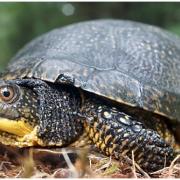
Turtle Talk
Maine has eight species of semi-aquatic turtles that inhabit a number of regions and ecosystems across the state. Turtles are a unique group of reptiles, with an anatomical design that ensures protection from a number of predators. A turtle’s shell, or carapace, is made of hard bony plates covered in scutes, which are the same material as our fingernails. Fused to the inside of their shell is their spinal column and the belly side of the turtle shell, the plastron, are the fused ribs and sternum. So, a turtle’s shell is a unique armor that a turtle physically cannot live without.
Keep In Touch!
Enter your email or mobile number to receive the latest news from MDIFW.